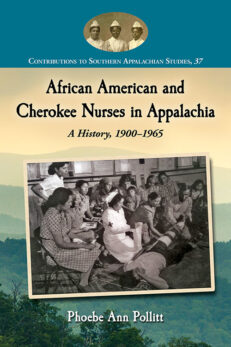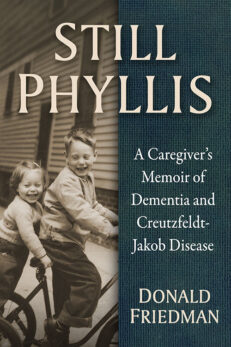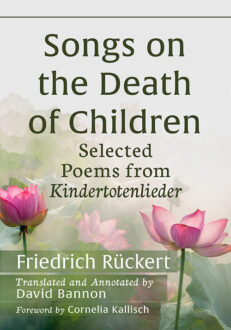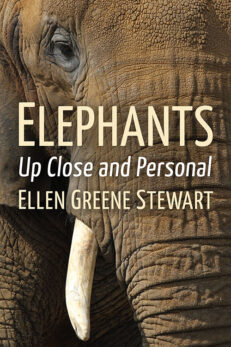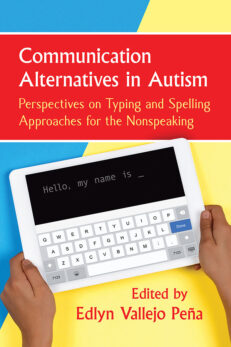Communication Alternatives in Autism
Perspectives on Typing and Spelling Approaches for the Nonspeaking$29.95
6 in stock
About the Book
Ten autistic self-advocates share their experiences with alternative forms of communication such as rapid prompting method (RPM) and facilitated communication (FC), both highly controversial. Their narratives document the complexities that autistic individuals navigate—in both educational and community settings—when choosing to use approaches that utilize letter boards and keyboards. While the controversies remain—RPM requires further scientific study, and FC is subject to criticism about confirmation bias—these individuals share powerful stories in the context of aiming for disability rights. The book concludes with a chapter about best practices for educators, particularly for schools and colleges that have students who use these communication methods.
About the Author(s)
Bibliographic Details
Edited by Edlyn Vallejo Peña
Format: softcover (6 x 9)
Pages: 215
Bibliographic Info: appendix, glossary, bibliography, index
Copyright Date: 2019
pISBN: 978-1-4766-7891-7
eISBN: 978-1-4766-3713-6
Imprint: Toplight
Table of Contents
Preface 1
Introduction: From Confession to Declaration (Edlyn Vallejo Peña) 5
Section 1: Escaping the Institutionalization Mindset
1. Finding My Voice Through Typing (Tracy Thresher) 27
2. Popular in the Movies: Larry Bissonnette Becomes Writer of His Life Story (Larry Bissonnette) 41
3. Defiantly Reclaiming My Right to Learn (Amy Sequenzia) 51
Section 2: A Movement Toward Full Inclusion
4. Not Talking Is Not the Same as Not Thinking (Ido Kedar) 69
5. Relentless Hope (Samuel Capozzi) 83
6. Letter by Letter (Dillan Barmache) 95
Section 3: Triumphs and Obstacles in Navigating the Educational Maze
7. Expectations (Henry Frost) 115
8. I Am Emma (Emma Zurcher Long) 129
9. Write to Be Heard (Philip Reyes) 143
10. I Have my Voice (Rhema Russell) 155
Conclusion: Research-Based Recommendations for Educators and Therapists (Edlyn Vallejo Peña) 167
Appendix: Examples of Approved Augmentative and Alternative Communication Accommodations by U.S. Schools That Have Enrolled Students Who Type and Spell to Communicate 191
Glossary 193
RPM and FC Resources 195
References 197
Index 201
Praise for the Book
- “Communication Alternatives in Autism is a book that has been needed for a long time. It gives voice to the thoughts and humanity of individuals with autism who use various means to communicate via the written word. The experience and knowledge of Dr. Edlyn Peña who is both a parent and a scholar shines through to help us better understand the lives and journey of a remarkable group of authors. Enjoy!”—Anne M. Donnellan, professor emerita, University of Wisconsin-Madison and University of San Diego
- “In Communication Alternatives in Autism, Dr. Edlyn Peña addresses one of the most controversial topics in research and education for non-speaking communicators and those with limited speech—the authenticity of communication through typing and spelling. It is well known that a small group of critics have dominated discourse disputing the validity of such communication…. For those who believe ongoing discourse should not be shut down, and especially for those who already think the die is cast, this important work is a significant step forward in understanding why we must intensify our efforts to understand and give voice to those who cannot speak.”—Barry M. Prizant, PhD, CC-SLP, Brown University, author of Uniquely Human: A Different Way of Seeing Autism
- “Required reading for every childhood professional. Communication Alternatives in Autism is a book that will change the hearts and minds of its readers. The first person narratives of autistic individuals confront the harsh reality of our age, that non-speaking persons have been under-estimated, misunderstood, and mistreated historically. This book forces us to hear their stories and to presume competence, discarding the limited lens of the neurotypical culture, and to embrace and have compassion for those who move, speak, and act differently. Indeed, when we do this, everyone benefits. I hope that every parent, educator, and childhood professional reads this book. Indeed, the lessons are not limited to communication, but to something much more profound: the inherent brilliance found in each human being, regardless of their ability to communicate with spoken language.”—Mona Delahooke, PhD, author of Beyond Behaviors: Using Brain Science & Compassion to Understand and Solve Children’s Behavioral Challenges.

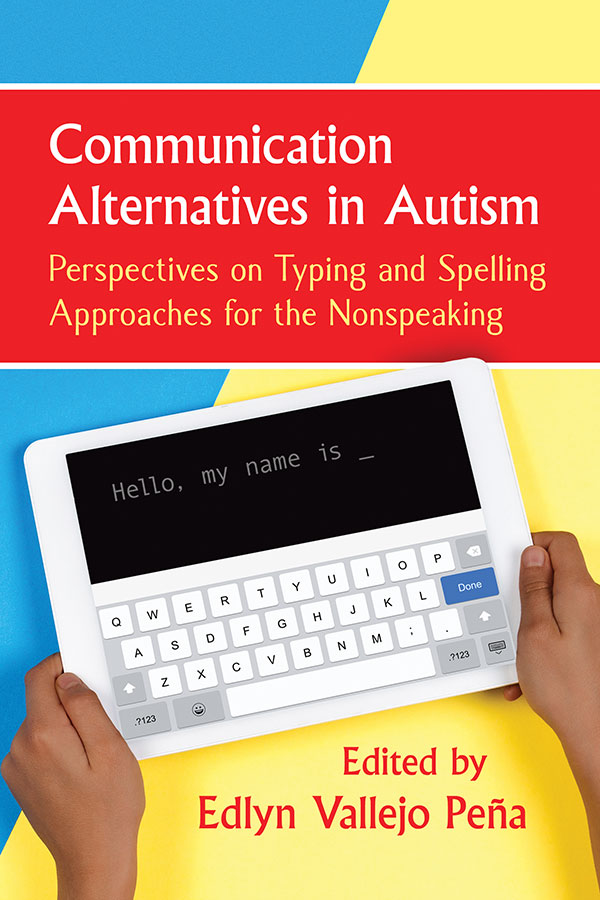
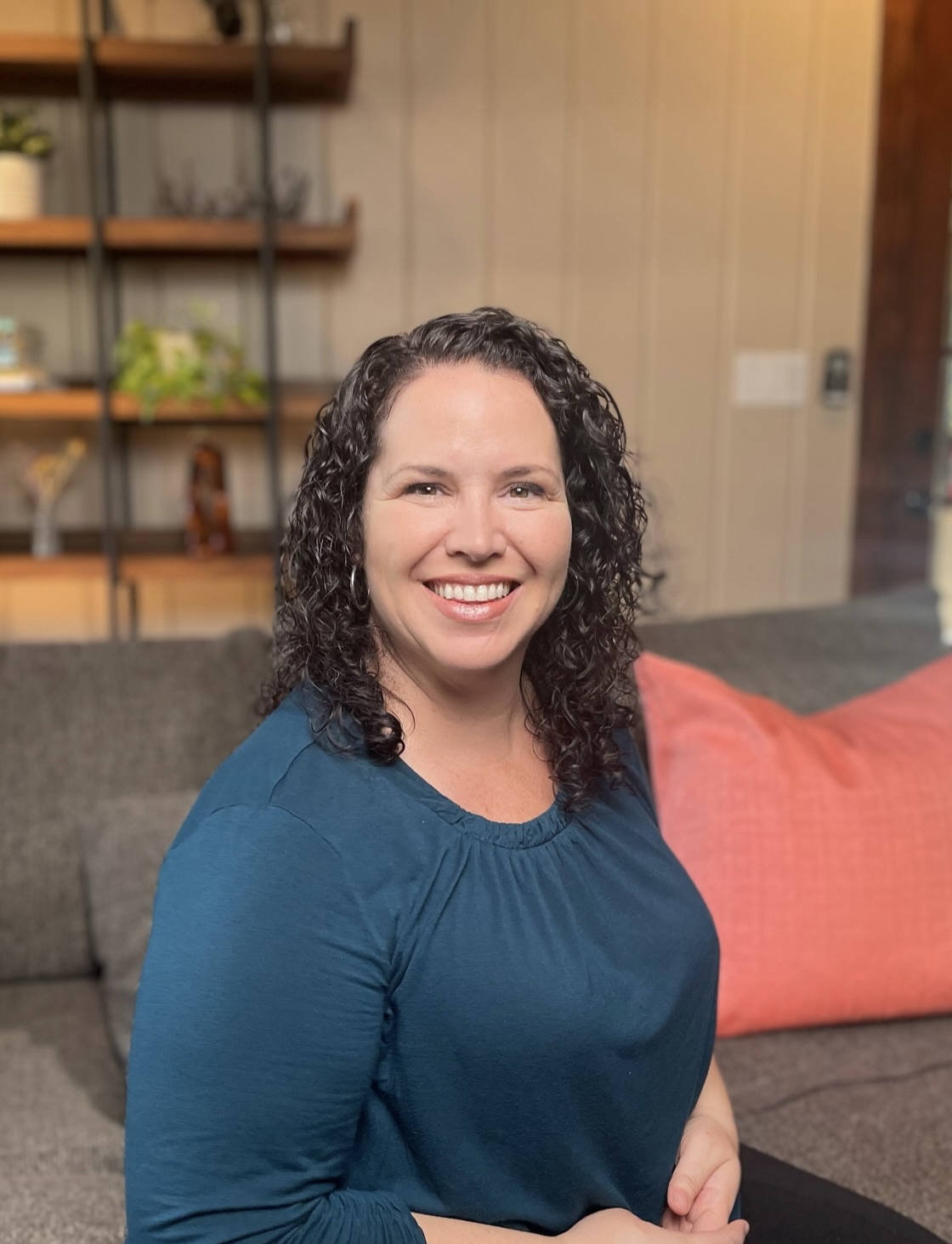 Edlyn Vallejo Peña is an associate professor of higher education leadership and the director of the Autism and Communication Center at California Lutheran University in Thousand Oaks, California. She has published over two dozen journal articles and book chapters in the fields of education and disability.
Edlyn Vallejo Peña is an associate professor of higher education leadership and the director of the Autism and Communication Center at California Lutheran University in Thousand Oaks, California. She has published over two dozen journal articles and book chapters in the fields of education and disability.